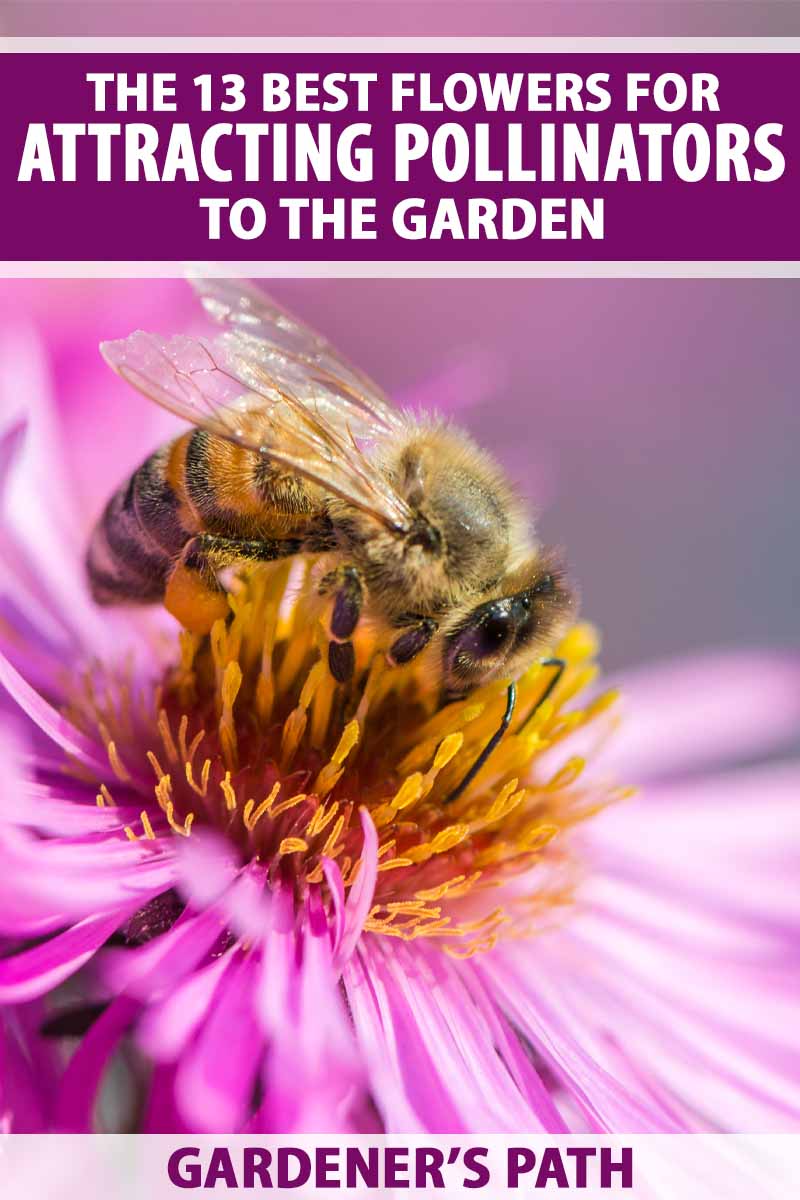How to Attract Pollinators: Best Flowers

Introduction
Imagine a garden buzzing with life—bees humming, butterflies fluttering, and birds chirping. This vibrant ecosystem is not just a dream; it's a reality you can create by planting the best flowers for attracting pollinators. Pollinators are the unsung heroes of our natural world, essential for the reproduction of over 85% of flowering plants. By choosing the right flowers, you can transform your garden into a pollinator paradise. Let's dive into the world of pollinator-friendly plants and discover how you can make a difference.
Understanding Pollinators
What Are Pollinators?
Pollinators are animals that transfer pollen from the male parts of flowers to the female parts, enabling fertilization and the production of seeds and fruits. Bees, butterflies, birds, bats, and even some beetles are among the most common pollinators.
Why Are Pollinators Important?
Pollinators play a crucial role in our ecosystems and food systems. Without them, many plants would not reproduce, leading to a decline in biodiversity and food security. By attracting pollinators to your garden, you're supporting a vital part of the natural cycle.
Best Flowers for Attracting Pollinators
Bee-Friendly Flowers
Bees are some of the most efficient pollinators, and they love flowers that provide plenty of nectar and pollen. Here are some of the best bee-friendly flowers:
- Lavender: Known for its fragrant purple blooms, lavender is a magnet for bees. Its long-lasting flowers provide a steady source of nectar.
- Sunflowers: These tall, cheerful flowers are not only beautiful but also highly attractive to bees. Their large, flat heads offer an easy landing pad for pollinators.
- Coneflowers: Also known as Echinacea, coneflowers come in various colors and are beloved by bees for their nectar-rich centers.
Butterfly Garden Essentials
Butterflies are not only beautiful but also important pollinators. To attract them, consider planting these butterfly garden essentials:
- Milkweed: This plant is crucial for the monarch butterfly, providing both nectar and a place for caterpillars to grow.
- Asters: These late-blooming flowers offer a vital food source for butterflies in the fall.
- Butterfly Bush: As the name suggests, this plant is a favorite of butterflies. Its long, fragrant blooms are irresistible to many species.
Native Flowers for Pollinators
Native flowers are adapted to local ecosystems and often provide the best support for local pollinators. Some excellent choices include:
- Black-Eyed Susan: This native wildflower is a favorite of bees and butterflies alike.
- Purple Coneflower: Another native plant, the purple coneflower is highly attractive to pollinators and adds a splash of color to any garden.
- Goldenrod: Often mistaken for a weed, goldenrod is a valuable nectar source for many pollinators, especially in late summer and fall.
Wildflowers for Pollinators
Wildflowers are a fantastic way to attract a wide range of pollinators. Consider these options:
- Wild Bergamot: This fragrant wildflower is a favorite of bees and butterflies.
- Lupine: With its tall spikes of colorful flowers, lupine is highly attractive to pollinators.
- Blazing Star: This wildflower is a magnet for butterflies and bees, providing a rich source of nectar.
Creating a Pollinator-Friendly Garden
Choosing the Right Plants
When selecting plants for your pollinator garden, look for flowers that are rich in nectar and pollen. Opt for a variety of colors, shapes, and sizes to attract different types of pollinators.
Planting Tips
- Group Plants: Planting flowers in clusters makes it easier for pollinators to find them.
- Provide Water: A shallow dish of water with pebbles can provide a safe drinking spot for pollinators.
- Avoid Pesticides: Chemicals can harm pollinators. Opt for natural pest control methods instead.
Maintaining Your Garden
Regular maintenance is key to keeping your pollinator garden thriving. Deadhead spent flowers to encourage new blooms, and provide shelter for pollinators by leaving some areas of your garden wild.
Conclusion
Creating a garden that attracts pollinators is not only beneficial for the environment but also a rewarding experience. By choosing the best flowers for attracting pollinators, you can support local ecosystems and enjoy the beauty of nature in your own backyard. Whether you're planting bee-friendly flowers, creating a butterfly garden, or incorporating native and wildflowers, every effort counts. So, why not start today and transform your garden into a pollinator paradise?
FAQs
What are the best flowers for attracting bees?
- Some of the best flowers for attracting bees include lavender, sunflowers, and coneflowers. These flowers provide plenty of nectar and pollen, making them highly attractive to bees.
How can I create a butterfly garden?
- To create a butterfly garden, plant flowers like milkweed, asters, and butterfly bush. These plants provide both nectar for adult butterflies and food for caterpillars.
Why are native flowers important for pollinators?
- Native flowers are adapted to local ecosystems and often provide the best support for local pollinators. They are well-suited to the climate and soil conditions, making them a reliable food source.
What are some good wildflowers for attracting pollinators?
- Wildflowers like wild bergamot, lupine, and blazing star are excellent choices for attracting pollinators. They provide a rich source of nectar and pollen.
How can I maintain a pollinator-friendly garden?
- Maintain your pollinator-friendly garden by grouping plants, providing water, avoiding pesticides, and leaving some areas wild to provide shelter for pollinators. Regular maintenance, such as deadheading spent flowers, will also encourage new blooms.


0 Response to "How to Attract Pollinators: Best Flowers"
Post a Comment